Understanding the Chess Ranking System: A Beginner’s Guide
Every move on the checkered battlefield unfolds a tale of calculation and cunning. But for newcomers venturing into this fascinating domain, the chess ranking system may appear daunting. To help you navigate these complexities, this guide dives into the world of chess ratings, exploring how they work, what they signify, and what constitutes a "good" chess rating at various levels. We'll also look at the journey from beginner to advanced player, offering tips to help you grow and improve your rating over time.
What is a Chess Ranking System?
A chess ranking, also known as a chess rating, numerically reflects a player's skill level through their performance against other players. Higher ratings signal stronger players, while lower ratings indicate those still developing. The most popular ranking system is the Elo rating system, used by the world chess federation, FIDE, and other organizations globally.
Chess ratings allow players to compete against opponents of a similar level, ensuring a balanced playing field. Tracking your rating over time lets you observe growth, highlighting strengths and areas for improvement as you progress.
What is a "Good" Chess Rating? The Complete Breakdown
A “good” chess rating depends on your experience level and goals. For some, it may mean mastering the basics, while others aim to join the ranks of experts. Here’s a breakdown of what different ratings represent:
Beginner Player Rating
For beginners, a good chess rating is typically between 800 and 1200. Players within this range have grasped fundamental concepts and can compete well against other novices.
Intermediate Player Rating
Players who become more familiar with strategies and tactics move into the 1200–1800 range. Here, players handle more complex positions and start to develop a solid understanding of the game.
Advanced Player Rating
Advanced players aspiring to compete in high-level tournaments aim for ratings between 1800 and 2200. At this level, players have a deep knowledge of strategy and execution, with many pushing beyond 2200 to expert levels. Ultimately, “good” is subjective, but each player’s goals provide a personal benchmark.
Key Chess Rating Systems
Different organizations use distinct systems to calculate chess ratings, each offering unique approaches. Here are some of the most common:
-
Elo Rating System: Named after its creator, Arpad Elo, this is the most widely used system globally. It calculates player rankings based on factors such as opponent rating, game outcome, and the “K-factor”—a variable that controls how much a player’s rating can change.
-
Glicko System: An alternative to Elo, this system also factors in the opponent’s strength and includes considerations for a player’s inactivity and game quality.
-
National and Online Rankings: Each country often has its own chess federation with a national ranking system. Many online platforms, like Chess.com or Lichess, also implement internal rating systems, which can differ from FIDE’s official world rankings.
Understanding the Rating Scale
The typical chess rating scale spans from 0 to 3000. Players rarely reach either extreme, but here’s a breakdown of common rating ranges:
- 600–1000: Beginner level, where players are mastering basic skills.
- 1000–1400: Intermediate, with a stronger grasp of tactics and positional play.
- 1400–1800: Advanced intermediate, capable of deeper strategy and analysis.
- 1800–2200: Advanced level, often competing in tournaments.
- 2200 and above: Expert level, including national masters and titled players.
Factors Influencing Your Chess Rating
Several elements influence your chess rating, including:
- Opponent’s Rating: Winning against a stronger opponent boosts your rating more than defeating a lower-rated one.
- Game Outcome: Wins, losses, and draws all impact your rating, with losses to weaker opponents causing a greater rating drop.
- K-factor: This value, higher for new players, allows ratings to adjust more quickly at the beginning of a chess journey.
- Time Control: Faster time controls often yield slightly higher ratings compared to classical games, where the stakes are higher.
Achieving and Improving a Good Chess Rating
No matter your level, there are ways to steadily improve your rating:
- Study and Learn: Invest in studying tactics, strategies, and endgame concepts. Books, online resources, and videos provide great knowledge.
- Practice Regularly: Consistent practice, whether online or in-person, is crucial for improvement.
- Analyze Your Games: Reviewing games helps identify strengths and weaknesses. Use tools or seek advice from stronger players for deeper insight.
- Solve Puzzles: Regular puzzle practice sharpens your tactical skills and pattern recognition.
- Play Stronger Opponents: Facing tougher players challenges your skills and broadens your strategic exposure.
- Seek Guidance: Coaches and mentors can provide personalized advice and valuable feedback.
- Participate in Tournaments: Competitive environments help benchmark your skill level and expose you to varied playing styles.
- Adopt a Growth Mindset: Embrace setbacks as learning opportunities, stay resilient, and focus on long-term improvement.
Why Are Chess Rankings Important?
Chess rankings serve multiple roles in the community:
- Player Matching: Rankings ensure fair competition by pairing players of similar skill levels.
- Tracking Progress: Ratings reflect your growth as a player over time, helping you set and achieve goals.
- Recognition: Reaching certain rating milestones unlocks titles, such as Grandmaster (2500+) in FIDE’s official rankings.
Who Uses Chess Rankings?
The Fédération Internationale des Échecs (FIDE) maintains official world chess rankings, but national federations also have internal systems for players. Online platforms like Chess.com and Lichess assign ratings to their users, allowing you to compete in a global community.
Conclusion
Understanding your chess rating is more than just watching a number rise or fall. It offers insight into your growth, reflects your dedication, and opens doors to new levels of competition. Whether you’re setting out with a beginner’s mind or pushing toward expert-level mastery, every game is a step toward improvement.
Chess rankings—whether through FIDE, Elo, or online platforms—provide a vital way to measure your skills. Embrace the journey, and remember that while winning and losing are part of the game, growth and learning are the true markers of progress. Let your chess rating be both a motivator and a guide as you navigate the fascinating world of chess.


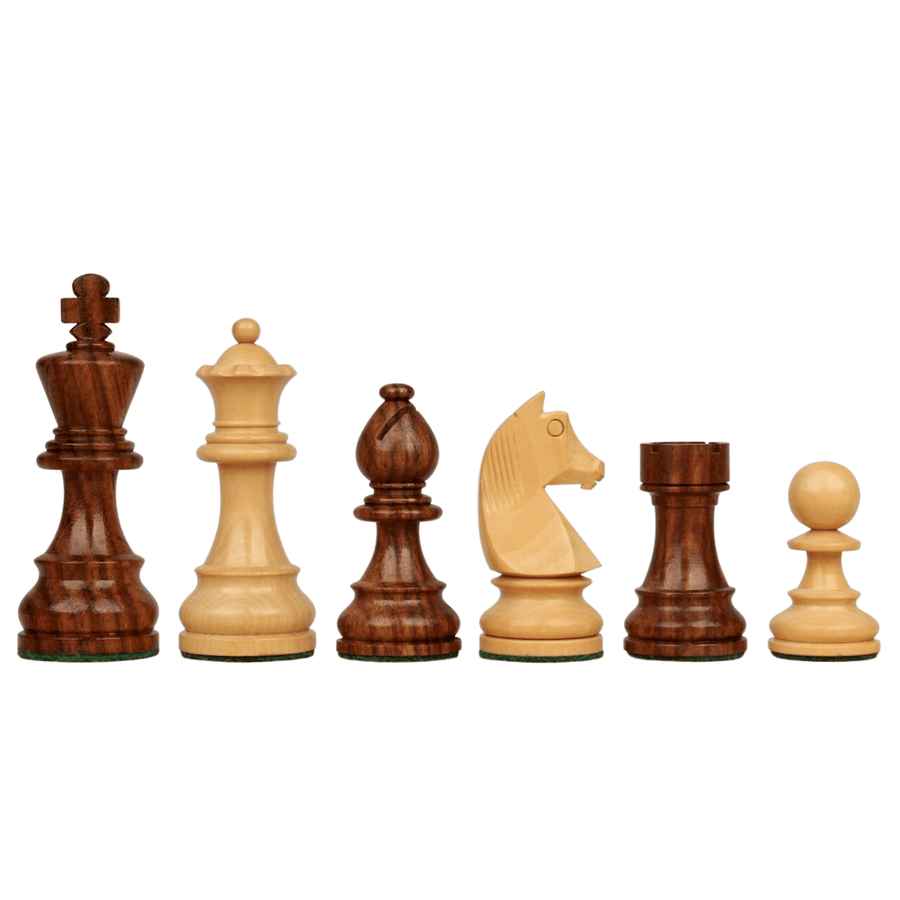
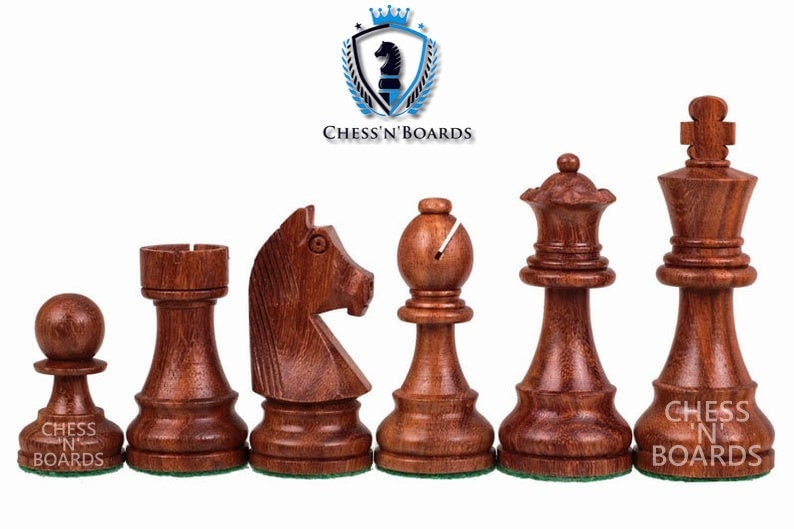
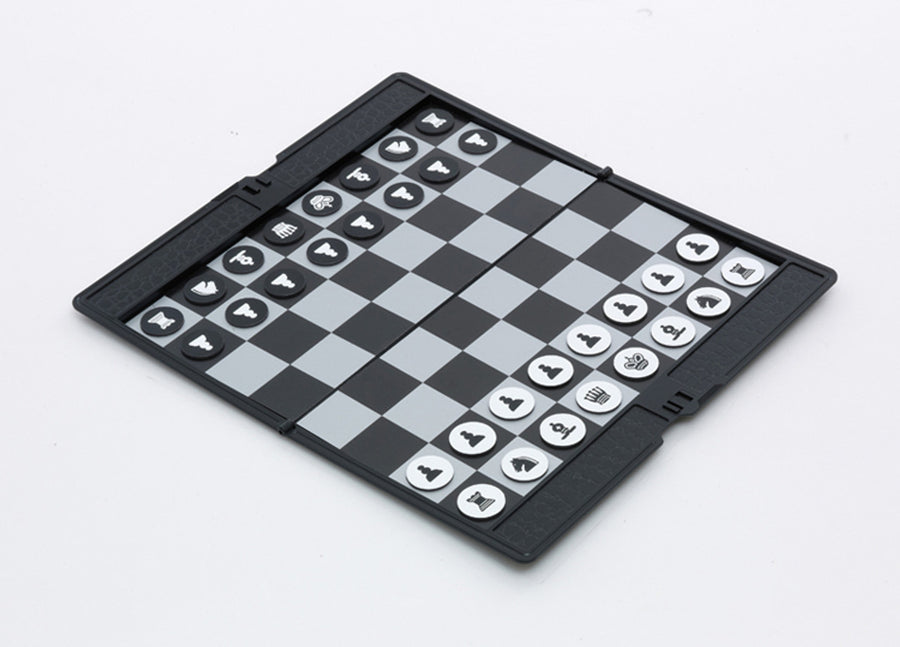
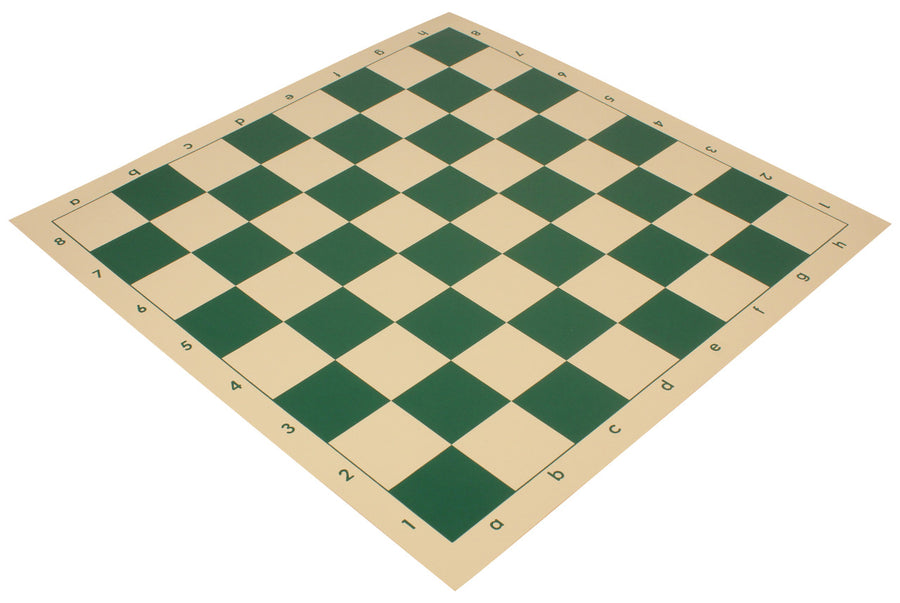
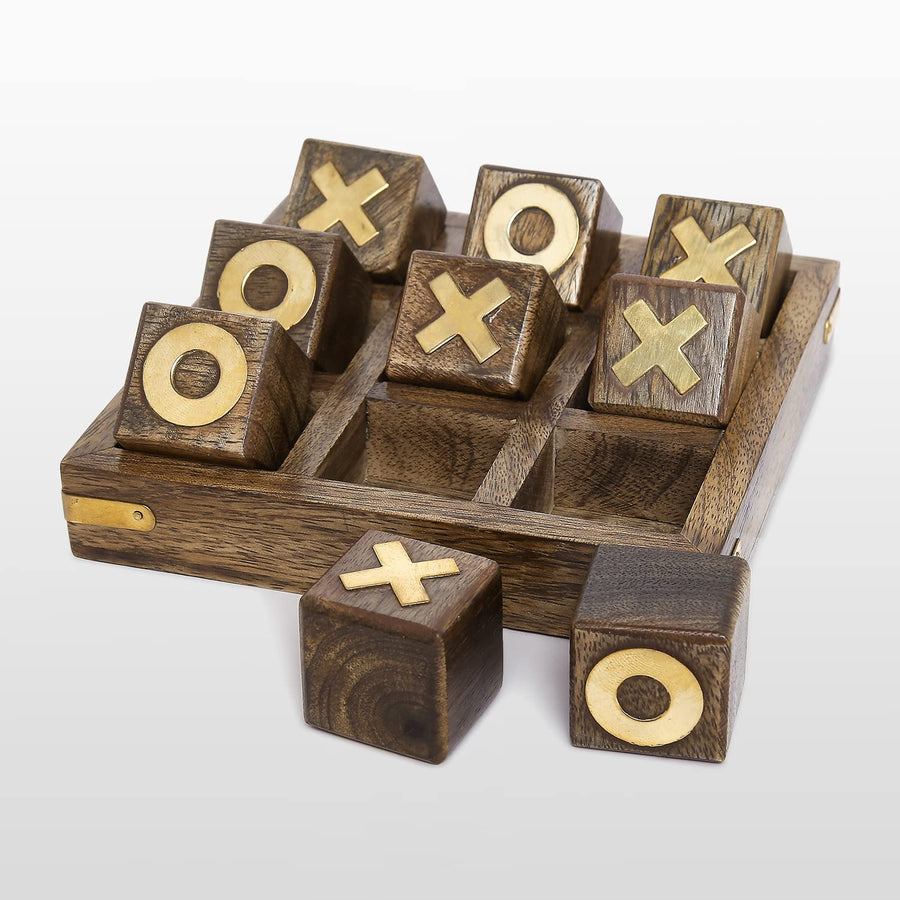
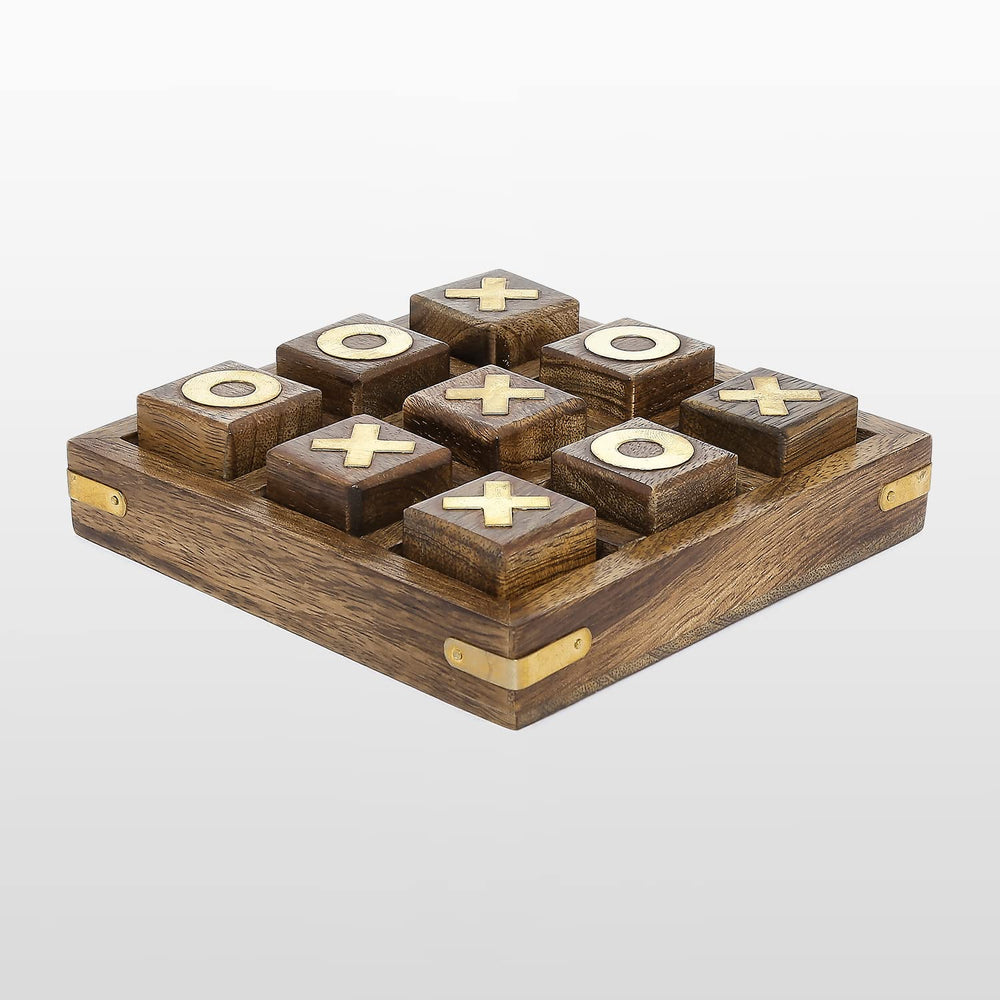
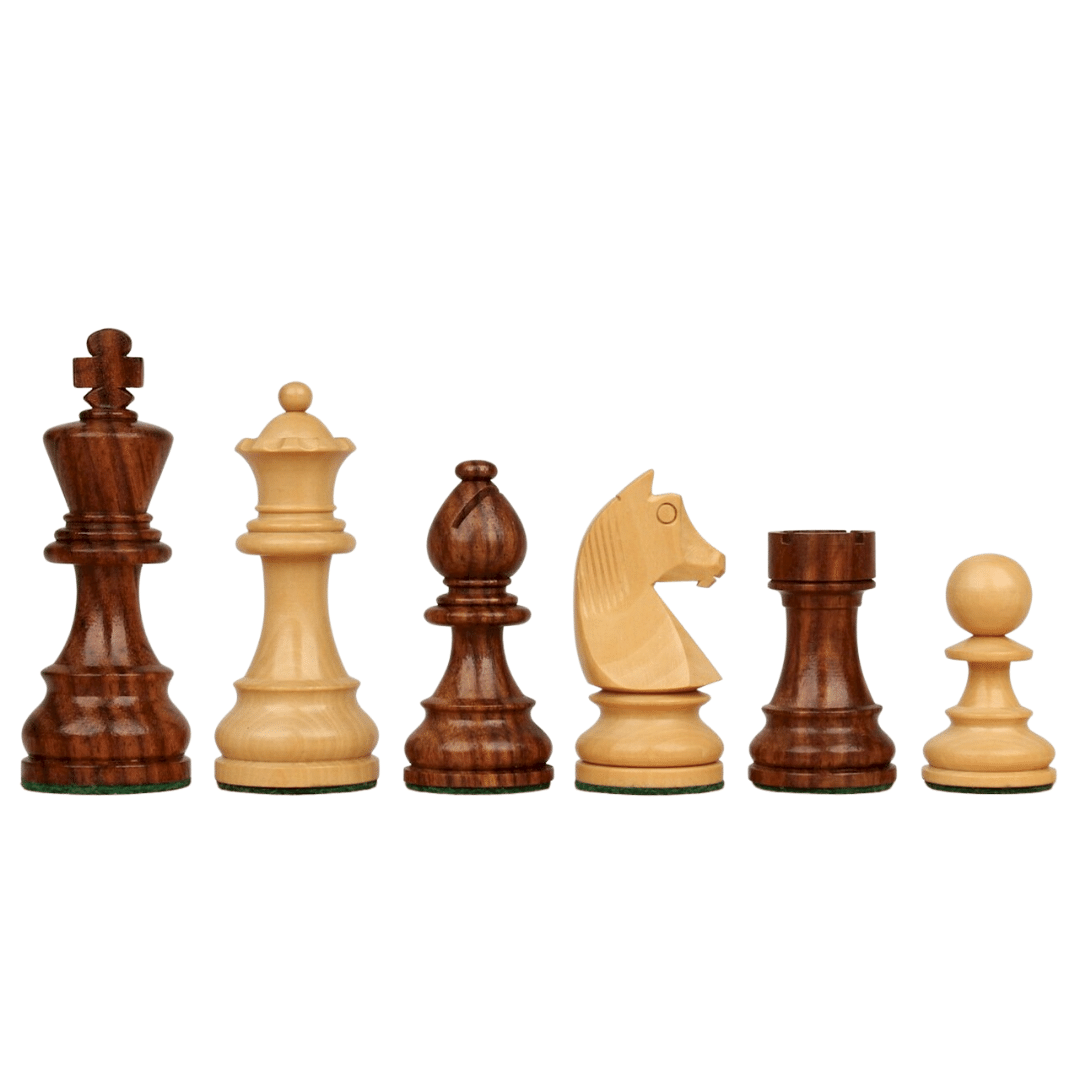
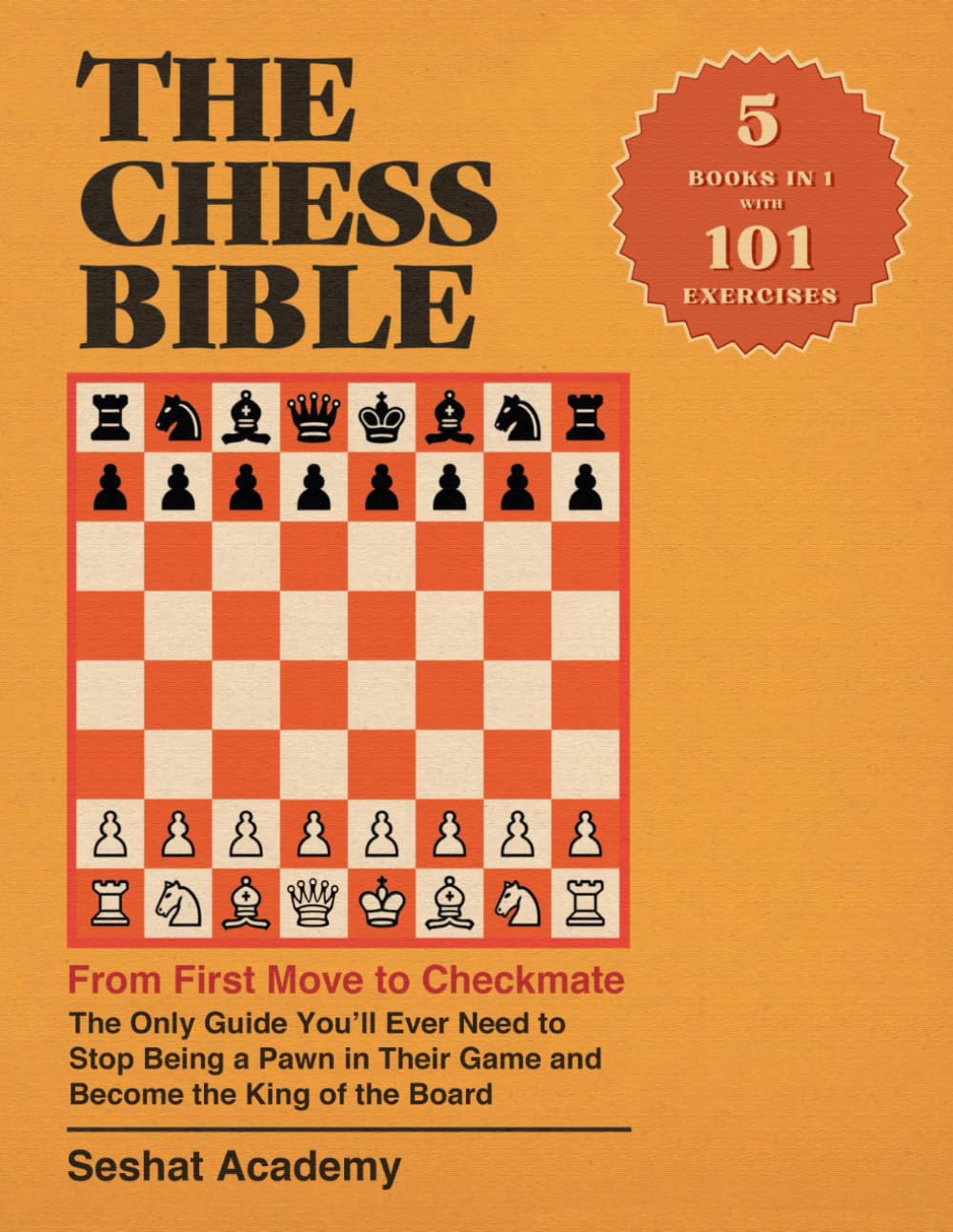
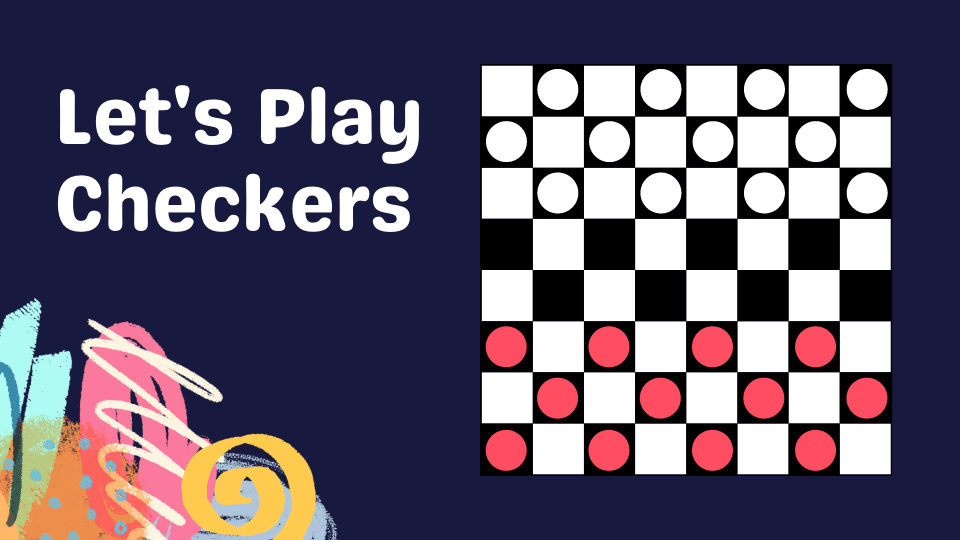
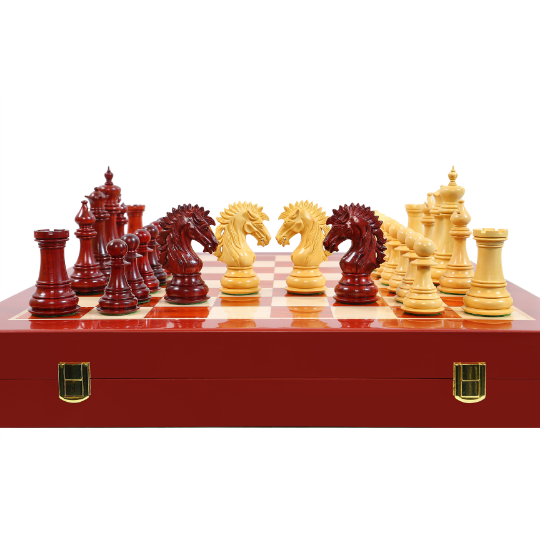
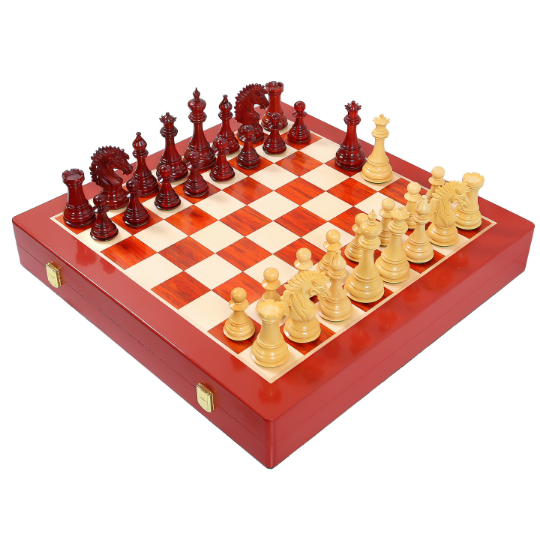
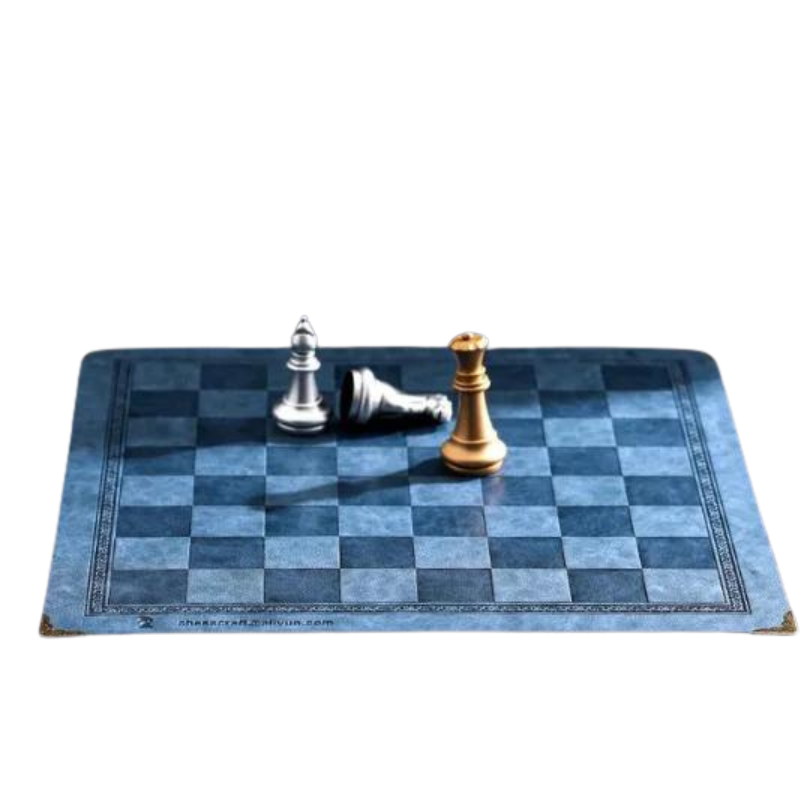

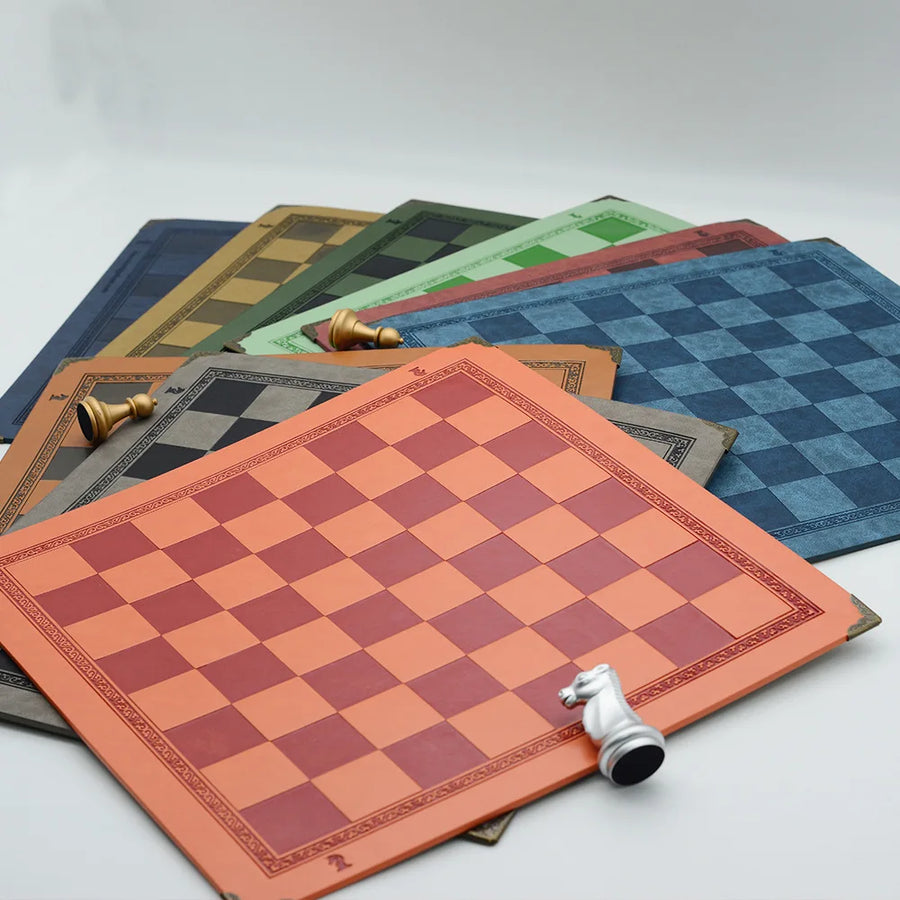

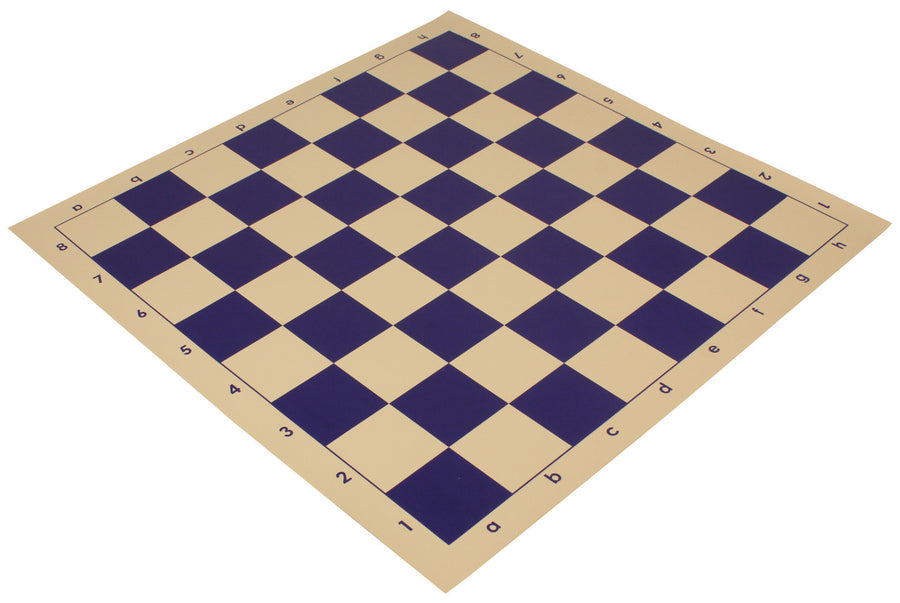
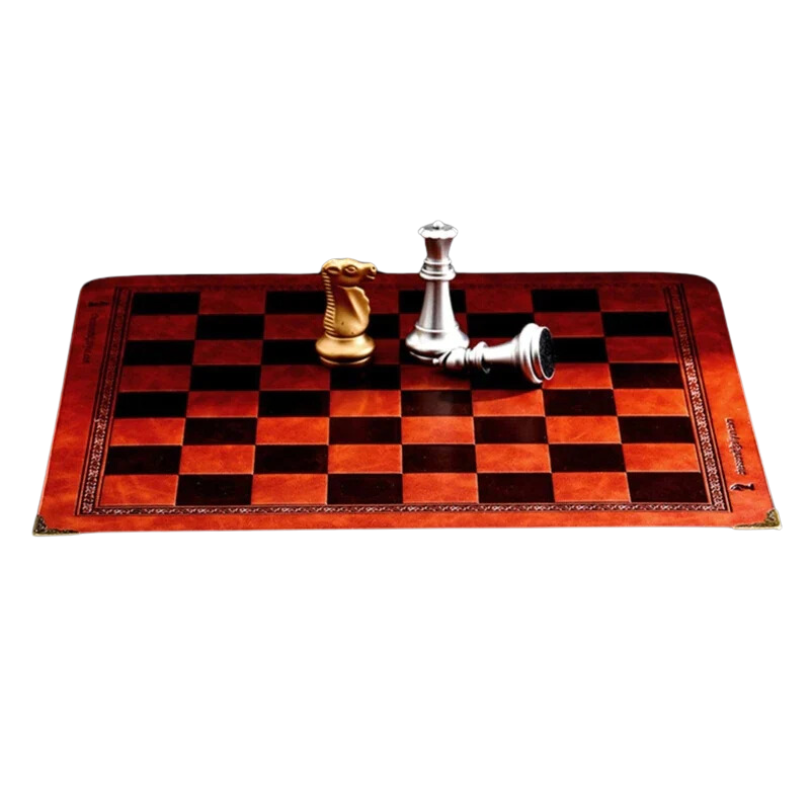

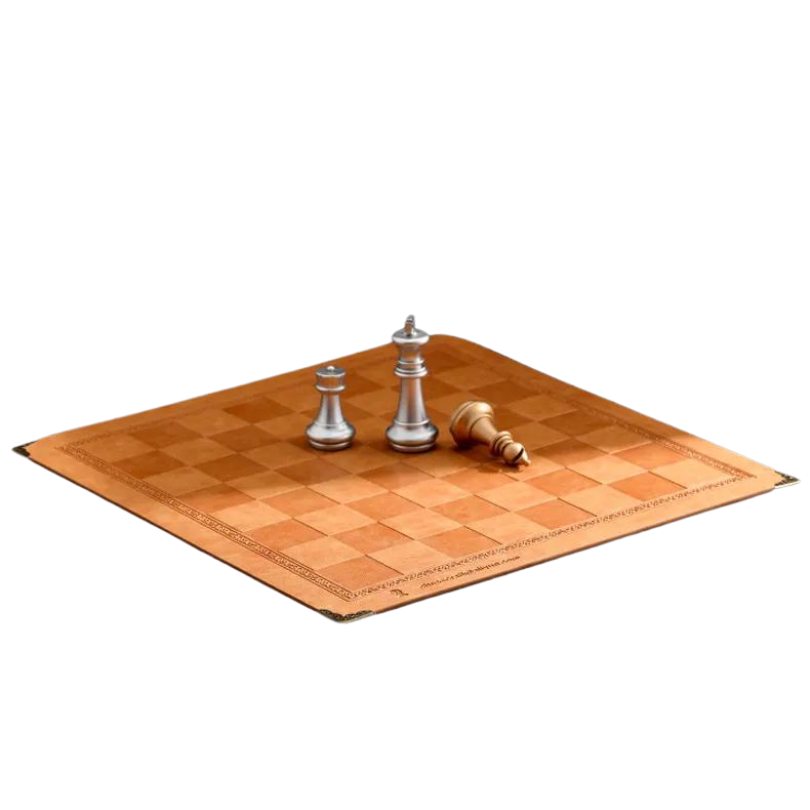
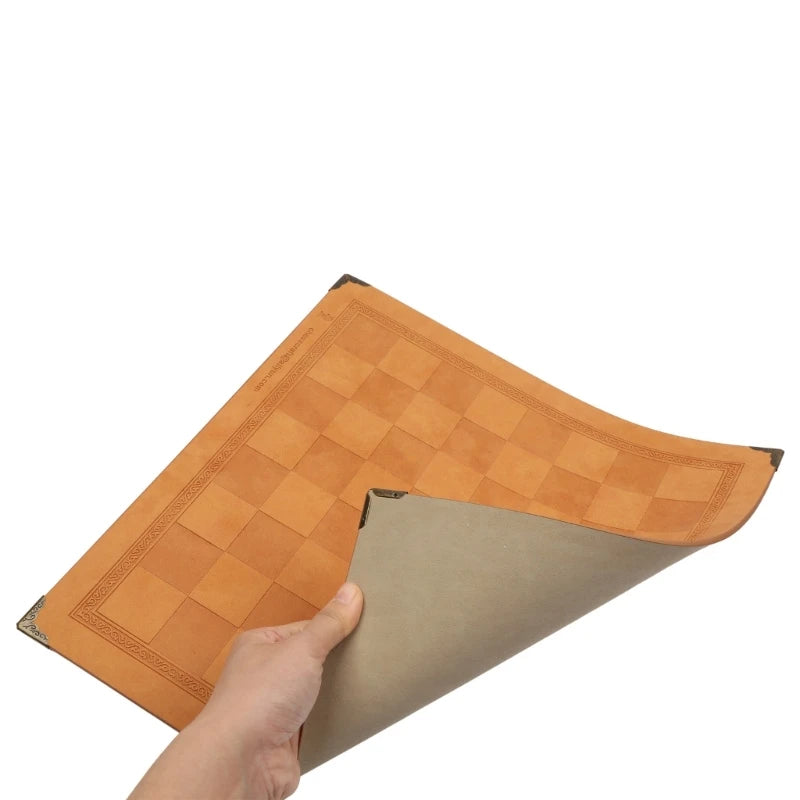
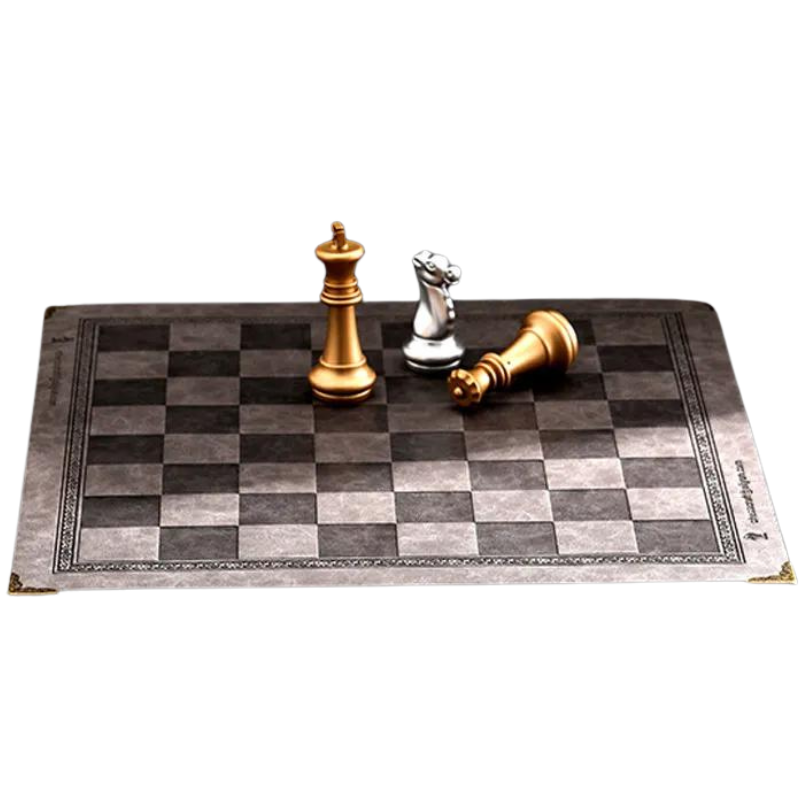









Leave a comment